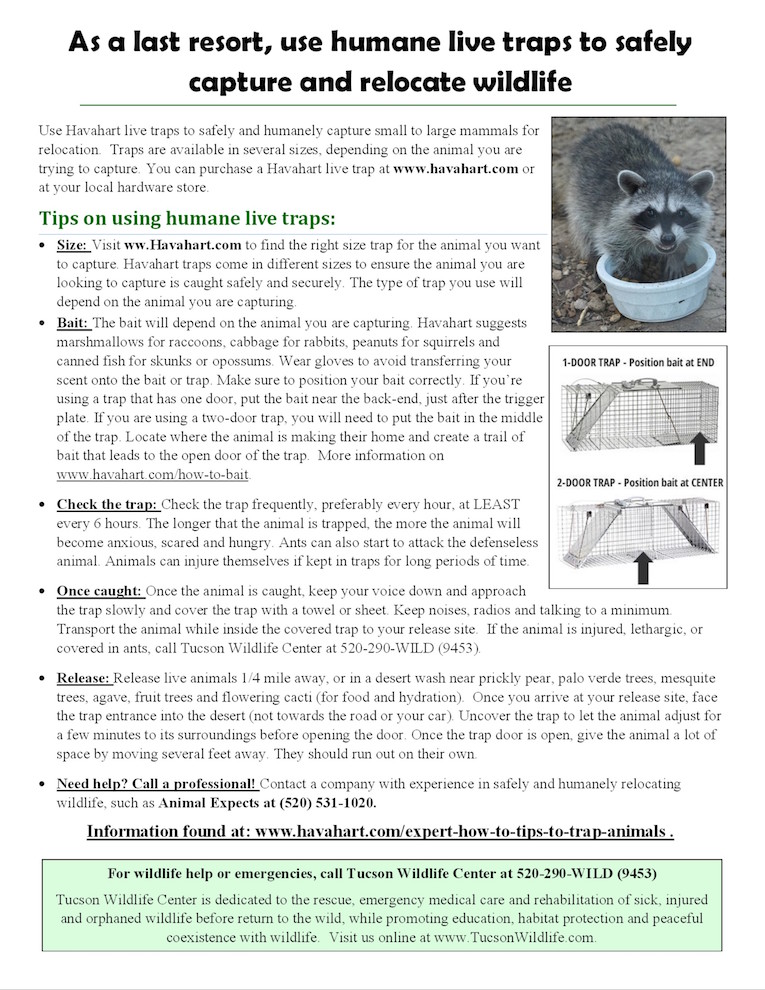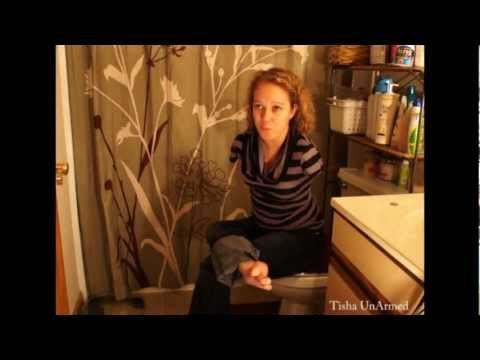To relocate a raccoon, it is best to release it within 10 miles of its original capture location. Raccoons can be a nuisance when they invade residential areas, causing damage and spreading diseases.
When faced with this situation, it may be necessary to remove them from the area. However, simply releasing them anywhere may not solve the problem in the long run. To ensure the raccoon does not return, it is recommended to relocate it within a reasonable distance, typically around 10 miles, from its original capture location.
This allows the raccoon to be far enough away to discourage its return, while still maintaining its chances of survival in a familiar habitat. We will discuss the importance of proper raccoon relocation and provide some tips on how to do it effectively.
Understanding Raccoon Behavior
Raccoons are fascinating creatures with unique behaviors. Before deciding to relocate a raccoon, it’s important to have a good understanding of their habits and natural tendencies. This knowledge will help you make the best choices for both the raccoon and your property. Let’s explore some key aspects of raccoon behavior.
Nocturnal Nature
Raccoons are primarily nocturnal, meaning they are most active during the night. They have adapted to the darkness with exceptional night vision and hearing abilities. Their nocturnal lifestyle allows them to avoid humans and potential predators while foraging for food.
Omnivorous Diet
Raccoons have an omnivorous diet, which means they eat both plant-based and animal-based food. They are opportunistic feeders, consuming a wide range of items such as fruits, vegetables, nuts, insects, small animals, and even garbage. This adaptability makes them highly resourceful in urban environments.
Nesting Habits
When it comes to nesting, raccoons prefer secure and sheltered areas. Common nesting sites include tree hollows, burrows, attics, and crawl spaces. Female raccoons build nests to raise their young, known as kits. These nests provide protection from harsh weather conditions and potential predators.
Understanding raccoon behavior is crucial when considering relocation as it helps you determine the best course of action. Keep in mind that raccoons are an important part of the ecosystem, so relocation should only be considered when they pose a threat to human safety or cause significant property damage.
Reasons For Raccoon Removal
Raccoons are adorable creatures, with their distinctive masked faces and curious nature. However, when these critters invade your property, they can cause a range of issues that necessitate their relocation. In this blog post, we will explore the reasons why raccoon removal is necessary and discuss the impact these creatures can have on your property, health, and peace of mind.
Property Damage
Raccoons may appear harmless, but they can cause significant damage to your property. These creatures are known for their strong claws and sharp teeth, which they can use to rip open walls, tear apart insulation, and create havoc in your attic or crawl spaces. This can lead to costly repairs and compromise the structural integrity of your home. Additionally, raccoons are notorious for rummaging through trash cans, scatter garbage across your yard, and even access your garden, ruining your plants and vegetables.
Health Risks
Raccoons can pose serious health risks to you and your family. These animals are carriers of various diseases, including rabies, which can be transmitted through bites or scratches. Their feces and urine also carry harmful parasites, such as raccoon roundworm, which can contaminate soil, water, and even the air you breathe. Breathing in raccoon droppings can lead to respiratory problems, while accidental ingestion can cause severe gastrointestinal issues. Protecting your health should be a top priority, and removing raccoons is an essential step in achieving a safe and clean living environment.
Noise And Disturbance
One of the most frustrating aspects of having raccoons on your property is the noise and disturbance they create. These nocturnal animals are most active during the night, which means they can keep you awake with their loud and persistent noises. Whether they are scurrying across your roof, scratching at your walls, or fighting with each other, their incessant racket can disrupt your sleep and leave you feeling exhausted. By removing raccoons, you can restore tranquility to your home and enjoy uninterrupted nights of restful sleep.
Determining The Relocation Distance
When it comes to dealing with raccoon infestations, finding a suitable relocation distance is crucial. To ensure the raccoons find a new habitat where they can thrive without causing any harm or nuisance to humans, several factors need to be considered. These factors include legal considerations, environmental factors, and the availability of resources.
Legal Considerations
In many regions, raccoons are protected species, and relocating them without proper permits can be illegal. Before relocating raccoons, it’s important to check the local laws and regulations. This will help to determine if relocation is allowed and if any permits are required. Contacting the local wildlife authorities or a licensed wildlife removal specialist can provide you with the necessary information and guidance.
Environmental Factors
When determining the relocation distance for raccoons, it’s essential to consider the environmental factors that can affect their survival. Raccoons are highly adaptable creatures and can thrive in various habitats, but they still have specific requirements. These requirements include access to food sources, water, and suitable shelter. Assessing the availability of these resources in the potential relocation area is necessary to ensure the raccoons can meet their basic needs and establish a sustainable population.
Availability Of Resources
The availability of resources plays a significant role in determining the relocation distance for raccoons. If the area surrounding the current location lacks adequate resources like food and shelter, relocating the raccoons to a nearby suitable habitat may be a viable option. However, if the resources are limited or scarce in the nearby areas, considering relocation to a more distant location with abundant resources becomes necessary. This ensures the raccoons have the best chances of survival and reduces the likelihood of them returning to their original location.

Credit: www.facebook.com
Techniques For Safe Raccoon Relocation
When it becomes necessary to relocate a raccoon, it is crucial to prioritize their safety and well-being throughout the process. Techniques for safe raccoon relocation involve careful planning, humane methods, and taking necessary precautions to ensure a smooth transition for the raccoon. In this article, we will discuss three important techniques: Hiring a Professional, using Humane Traps and Repellents, and Securing Transport and Release.
Hiring A Professional
One of the safest and most effective techniques for raccoon relocation is to hire a professional wildlife removal service. These experts have the knowledge and experience to handle raccoons safely and efficiently. They understand the behavior and habits of raccoons, enabling them to develop targeted and humane relocation strategies.
By hiring a professional, you can rest assured that the raccoon will be handled in a manner that minimizes stress and harm. Wildlife removal professionals use specialized equipment and techniques to safely capture, transport, and release the raccoon in an appropriate habitat away from residential areas. Additionally, they can provide valuable advice on preventing future raccoon encounters.
Humane Traps And Repellents
If you decide to handle raccoon relocation on your own, using humane traps and repellents can be a suitable option. Humane traps are designed to securely capture raccoons without causing them harm. These traps should be large enough to accommodate the raccoon comfortably, but not so large that the raccoon can move around too much and injure itself.
Once trapped, it is important to handle the raccoon with caution and care. Wear protective gloves and clothing to prevent scratches or bites. Transport the raccoon to a suitable release location as quickly as possible, ensuring it is far enough away from human habitation to prevent it from causing further problems.
Securing Transport And Release
To safely transport a raccoon for relocation, it is recommended to use a sturdy and secure carrier. Avoid using cardboard boxes or flimsy containers that the raccoon can easily escape from. Instead, opt for a well-ventilated crate or cage that can be securely fastened to prevent any accidental openings.
When releasing the raccoon, choose a location that is appropriate for its survival. Ensure that the area provides access to food sources, water, and shelter. It should be far away from residential areas to prevent the raccoon from returning.
In conclusion, techniques for safe raccoon relocation involve hiring a professional, using humane traps and repellents, and securing transport and release. By following these guidelines, we can ensure the well-being of raccoons while minimizing potential conflicts with humans.
Tips For Effective Raccoon Removal
Raccoon removal can be effective if done properly. When relocating raccoons, it’s important to consider the distance to ensure they do not return to their original habitat.
Identifying Entry Points
Raccoons can be quite resourceful when it comes to finding their way into your property. It is crucial to identify and seal off any potential entry points to prevent their entry or re-entry into your space. Start by inspecting your property for any cracks, holes, or gaps where raccoons could squeeze through.
Raccoons are skilled climbers, so pay special attention to areas such as the roof, attic vents, and chimneys. Check for loose or damaged roofing materials, as raccoons can easily tear through weak spots. Additionally, inspect the foundation and crawl spaces for openings that need to be sealed off to ensure the raccoons cannot sneak in.
Removing Attractants
Raccoons are often drawn to properties that provide easy access to food and shelter. To effectively remove raccoons from your surroundings, it is important to eliminate any attractants that might be luring them. Secure your garbage bins tightly with locking lids or store them in a locked shed or garage.
Do not leave pet food or birdseed outdoors overnight, as they can serve as a tempting snack for raccoons. Clean up fallen fruits or vegetables from your garden regularly and install mesh or electric fencing around areas where raccoons could access your crops or compost piles.
Removing attractants not only helps to deter raccoons but also prevents other unwanted wildlife from entering your property.
Monitoring And Preventive Measures
Once you have identified and sealed off entry points and removed attractants, it is essential to monitor your property regularly and implement preventive measures to discourage raccoons from returning. Use motion-activated lights or sprinkler systems to startle raccoons and deter them from entering your property.
Trim tree branches that hang over your roof or other potential entry points, as these branches can provide raccoons with an easy pathway. Consider installing chimney caps and wire mesh over vents to prevent raccoon entry while still allowing for proper ventilation.
Regularly inspect your property for signs of raccoon activity, such as droppings or paw prints, and take immediate action if any evidence is found. Promptly address any issues to prevent raccoon infestations and potential damage to your property.

Credit: tucsonwildlife.com

Credit: www.amazon.com
Frequently Asked Questions For How Far To Relocate A Raccoon
How Far Can A Raccoon Travel In Search Of Food?
Raccoons can travel up to 7 miles in search of food, utilizing their excellent sense of smell and their ability to climb and swim to access different food sources.
How Far Should I Relocate A Raccoon?
When relocating a raccoon, it is recommended to do so within a 10-mile radius from its original location. This distance ensures that the raccoon is far enough away to discourage its return, but not too far that it is likely to struggle in a new habitat.
What Factors Should I Consider When Deciding The Relocation Distance For A Raccoon?
When determining the relocation distance for a raccoon, it’s important to consider the availability of suitable habitat, natural barriers such as rivers or highways, and the potential for conflicts with humans or other wildlife. These factors will help ensure the raccoon’s successful integration into its new environment.
Conclusion
Relocating raccoons requires careful consideration of their habits and experience in their new environment. By understanding their behavior and needs, we can determine the ideal distance for relocation. Remember, while it may seem like a simple task, it’s crucial to prioritize their well-being and ensure their survival in their new home.
By following these guidelines, you can effectively and responsibly relocate raccoons and create harmony between them and the local ecosystem.
- Geofencing for Enhanced Security: How It Can Optimize Trucking Operations - November 21, 2024
- The Power of Mobile Accessibility And Real-Time Tracking for Trucking Operations - November 6, 2024
- Why Ease of Use is Crucial in Trucking Dispatch Software - September 22, 2024



